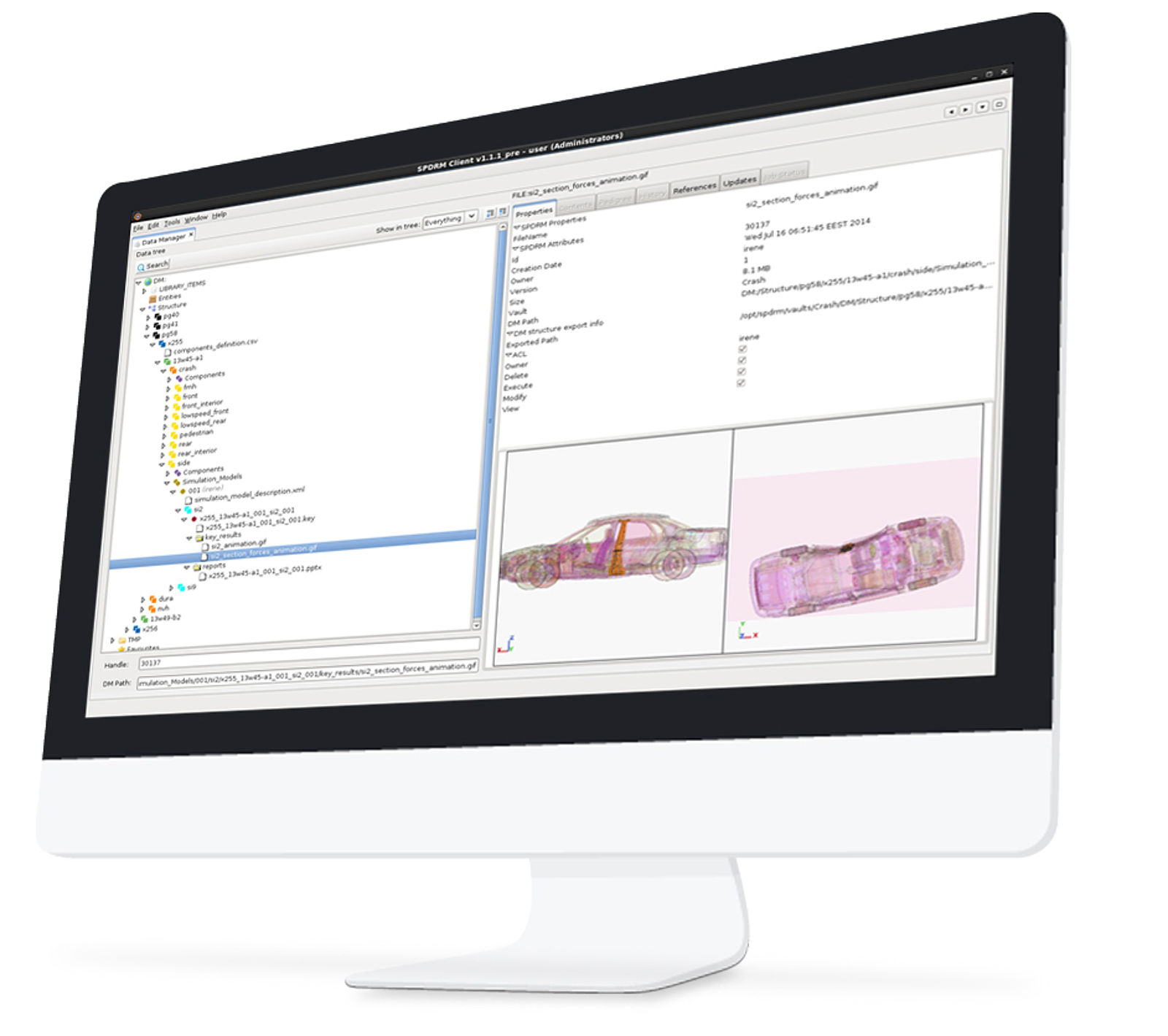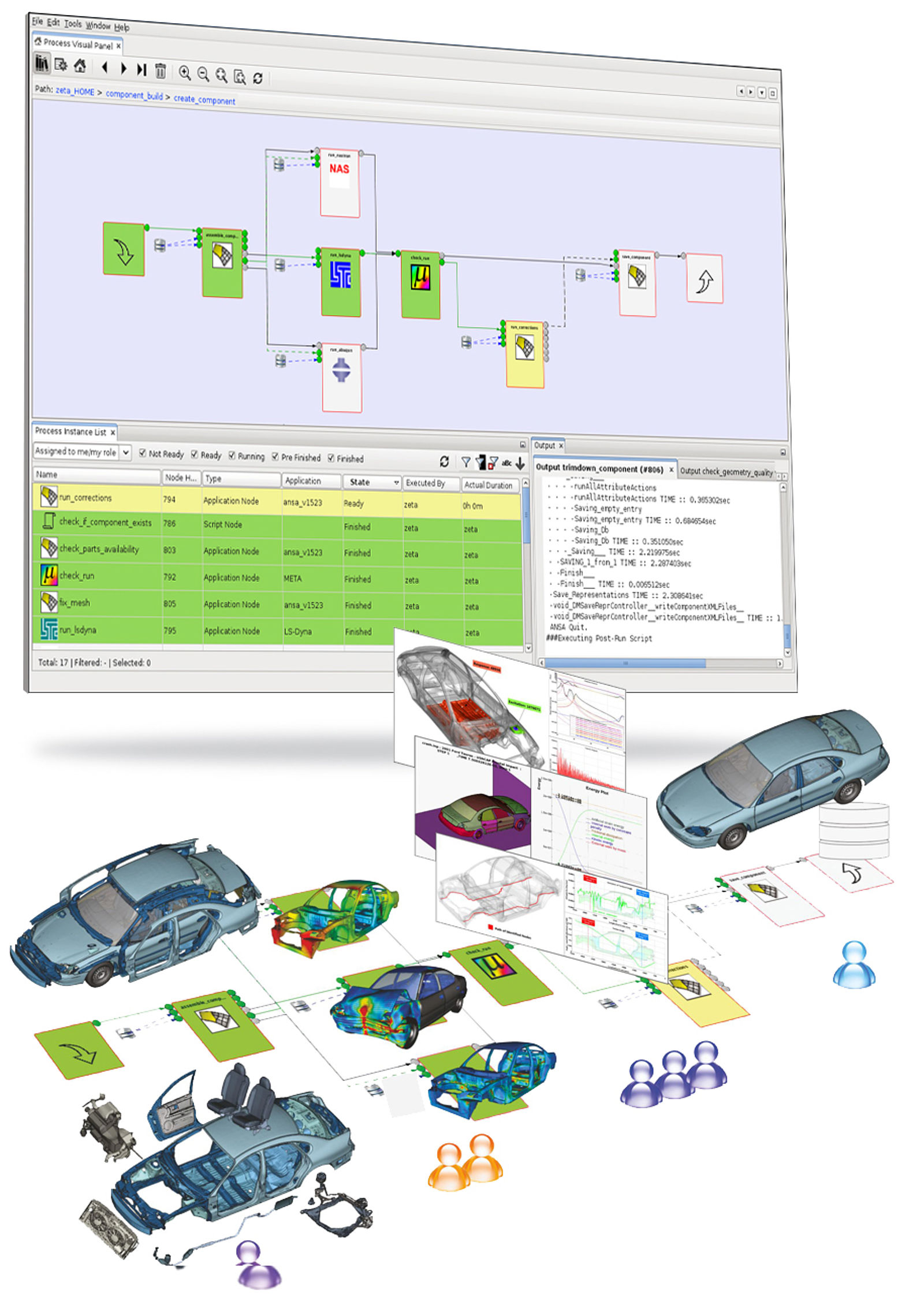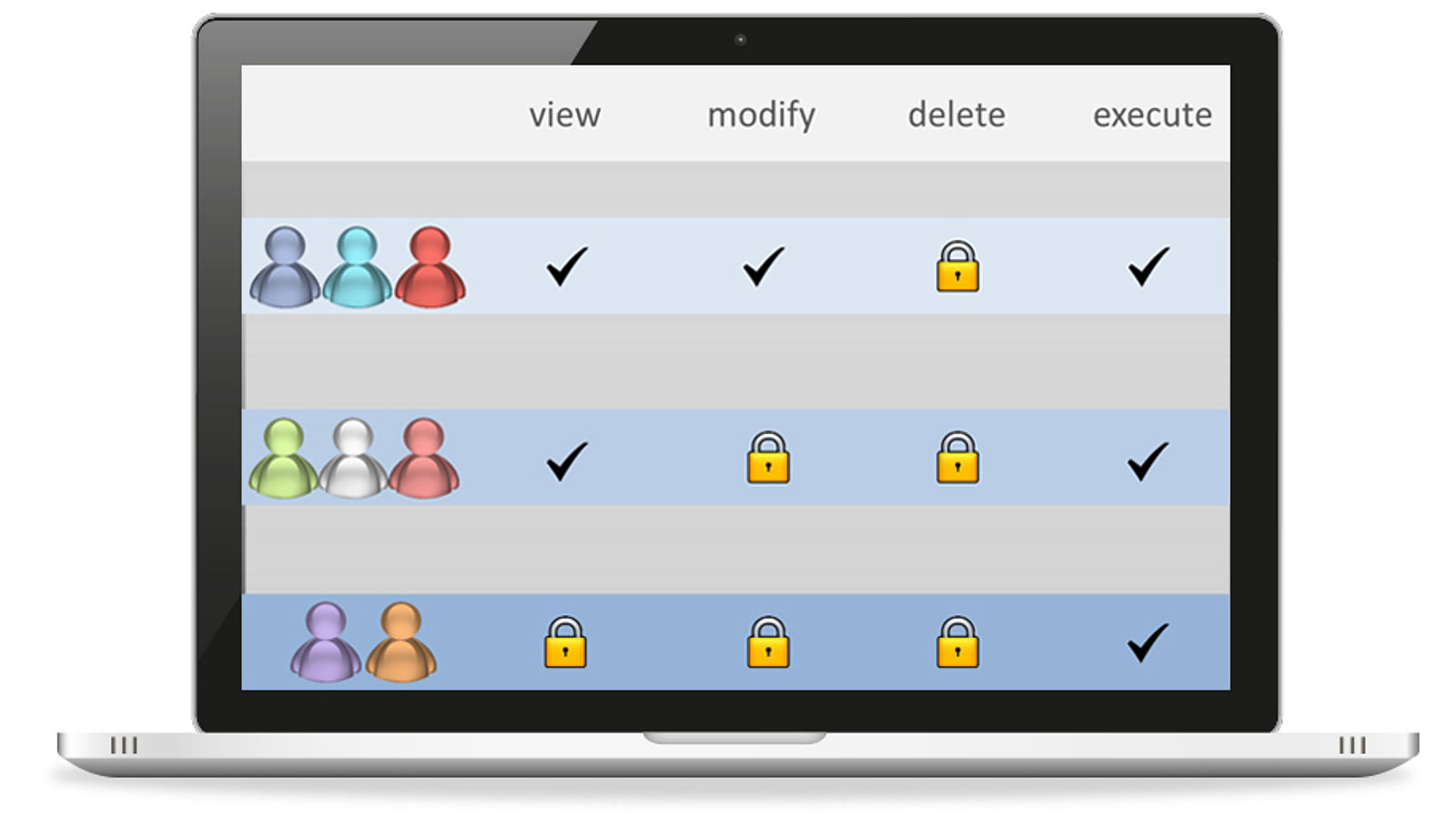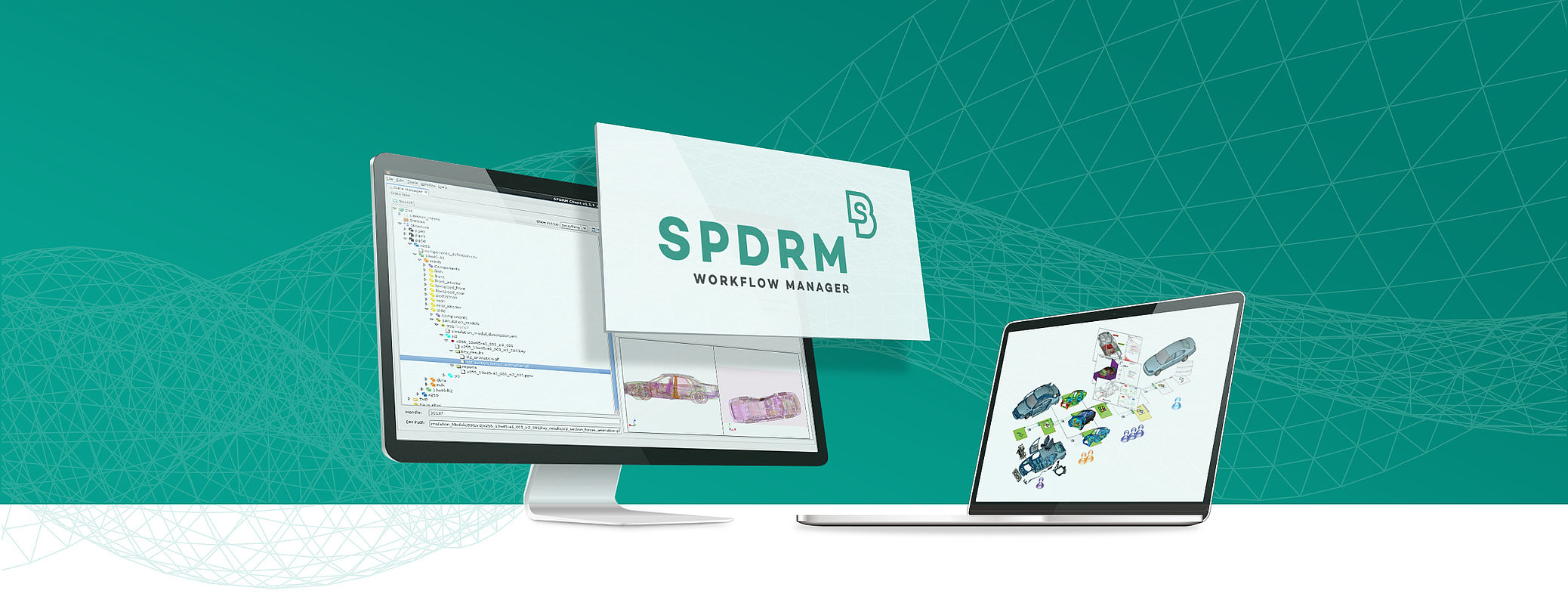The unique solution for CAE workflow management
Addressing the problem of contemporary CAE community to integrate data, processes and resources, BETA CAE Systems brings forth a new solution for driving high quality and efficient virtual product development procedures. This new software tool for Simulation, Process, Data & Resources Management (SPDRM) provides a simple and intuitive way to capture, deploy, manage and improve CAE process workflows by integrating the resources, the tools and the data associated with these. Reflecting a deep understanding of the demands of simulation and its role in the enterprise, it delivers CAE tasks and associated data to analysts, engineers, designers, suppliers, and managers.
Benefits
- overall process consistency, at all levels,
- standardization of the procedures,
- harmonization of operations throughout the organization but also with its suppliers,
- traceability of data and meta-data, their modifications and variations,
- reduction of data redundancy,
- process progress monitoring and the effective processes quality management,
- productivity increase thanks to the automatic assignment of tasks as soon as their input becomes available
- repeatability of processes, even when using updated or different datasets and software tools,
- quality improvement and standardization of the deliverables,
- increase of confidence in CAE, plus the time and cost reduction of the overall simulation process,
- maximization of transparency in decision making,
- maximization of collaboration between engineers,
- maximization of reuse, for both data and best practices,
- maximization of capability in delivering fast, results of high quality.
The Features of SPDRM

Simulation data management
SPDRM offers a complete solution for the management of all simulation data, from model data and library files, to methodologies, key results, and reports. It integrates a flexible version control system that enables the archival of different versions of data during the development of the model and it keeps track of data dependencies, facilitating the effortless identification of data chains. Through its custom data models, it can adapt to any data organization scheme and it can handle unlimited user-defined meta-data. Furthermore, its out-of-the-box support for engineering data elements like the part, the sub-systems, the simulation model, and the simulation run makes it easily deployable in engineering environments since it comes with inherent knowledge of CAE terms and procedures.
With SPDRM, the enterprise data are secure. The software enables the definition of certain permissions on each data object that control whether a user can view it, modify it, or delete it. Permissions are defined on a user-role basis, allowing fine-grained access control that comes on top of that of the file-system.

Workflow management
Using the "Process Designer" workspace of SPDRM the user can define simple actions, organize them into sub-processes, define their order, and associate these with the right data, human resources and tools. Each action of a process can be carried-out either automatically, through a Python script, or through an external application. Therefore, SPDRM processes can be as simple as "edit a document, archive it, and email it" or more complex as "download some data from the PDM system, let the modeling team prepare the CAE model, and then simulate a loading scenario". The designed workflows are saved as templates in the process library, which inherently provides version and access control.
Additionally, a dedicated workspace is offered for the execution of the workflows. During process execution, SPDRM automatically informs the designated workflow actors about their assignments, communicates the correct data among actions, and monitors their progress, giving a clear visualization of the workflow status with color coding of the tasks.

Reinhard Diez
Do you have questions about SPDRM or licensing?
You need project-accompanying training with our comprehensive know-how?
We will be glad to help you with any questions.

Resources management
SPDRM offers convenient administrative tools for the definition and handling of human and non-human resources. Using the "User Management Console", the system administrator handles the human resources of the system. Users can be created automatically, using the enterprise user management system, and are then grouped according to their role, making it possible for the same user to have different privileges when logging into the system with different roles. Moreover, through the "Registered Applications Console" the administrator also registers the applications to be used by the workflows. Thus, the exact version and the default running options of applications are centrally controlled, easing the maintenance task for the system administrator.
